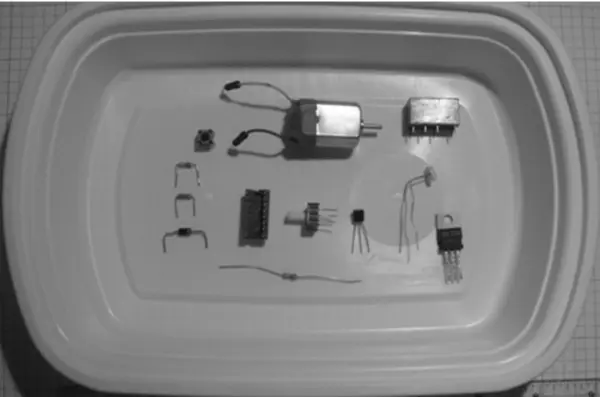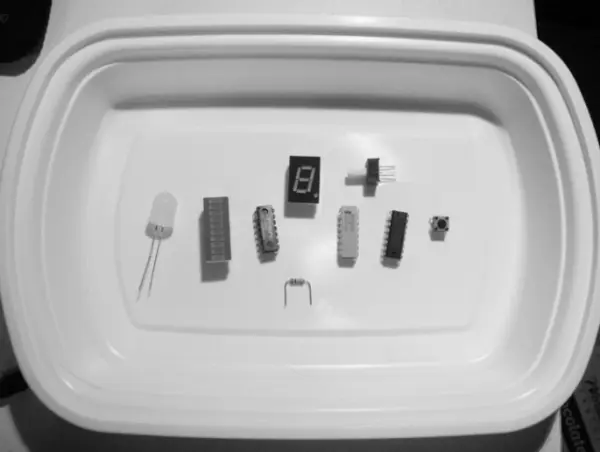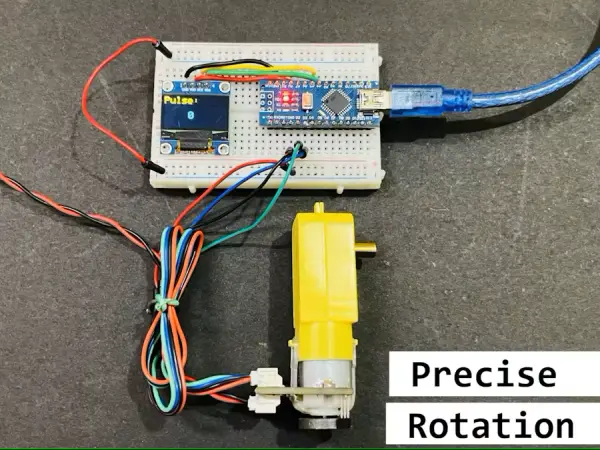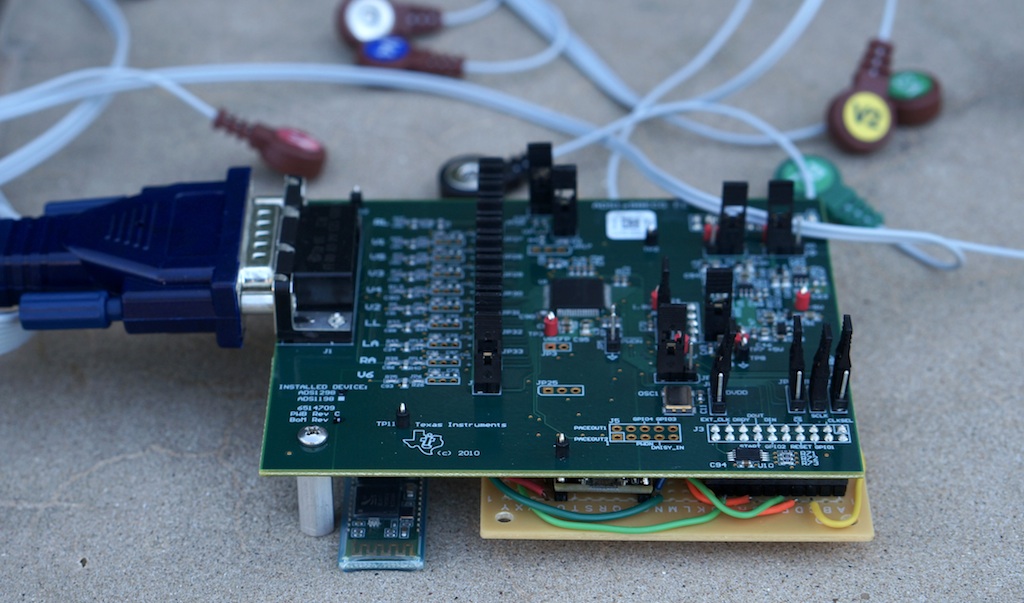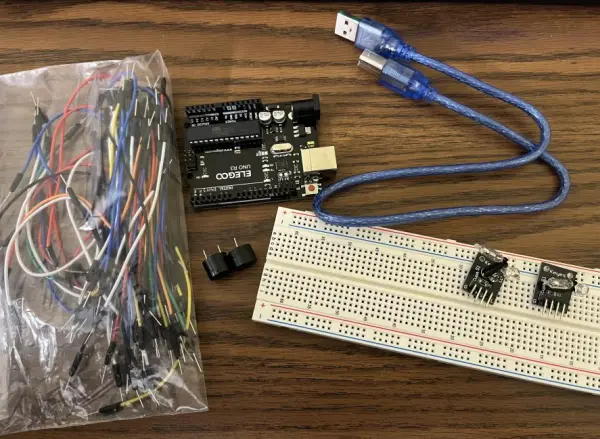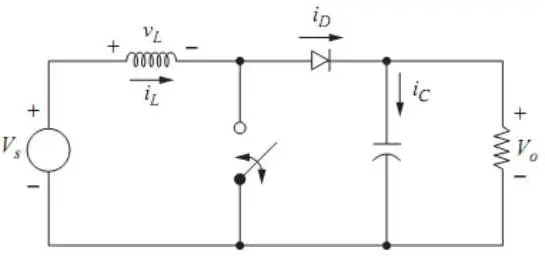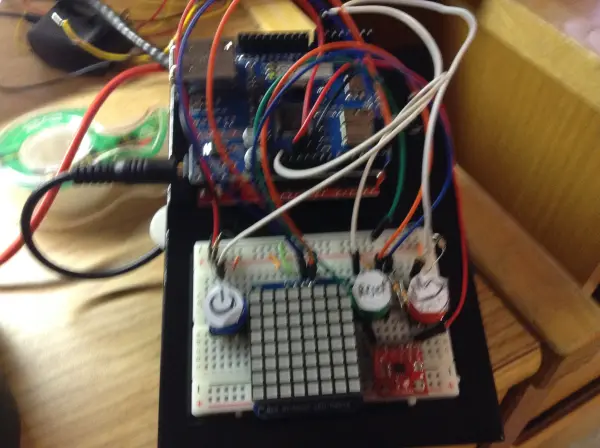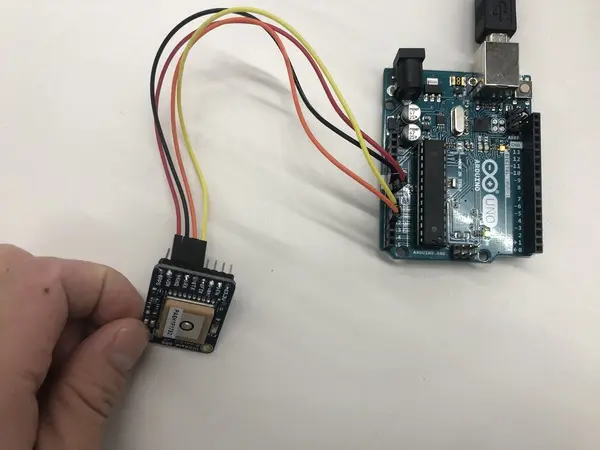The CoaTracker using Arduino
Has this ever happened to you? You wake up in the morning and realize that you’re terribly late for work/class/your weekly pedicure/whatever. You throw on a t-shirt and flip flops, sprint around your warm, heated house grabbing your belongings, and race out the door…where you suddenly find yourself surrounded by a cold, biting wind encompassing […]

